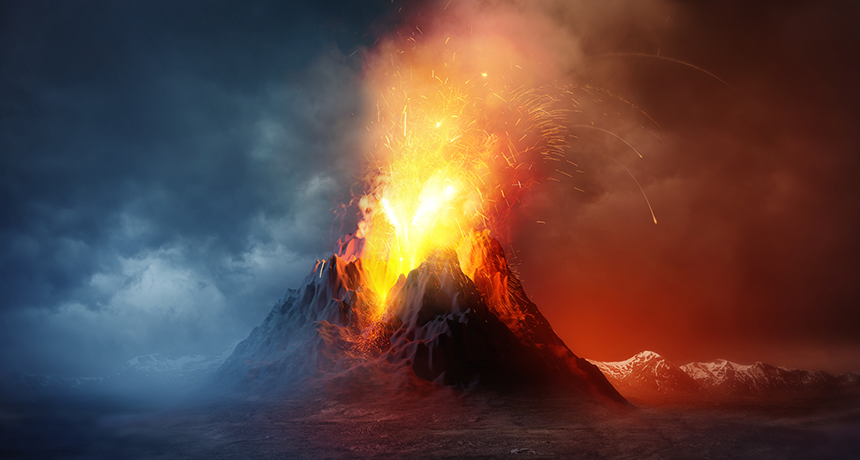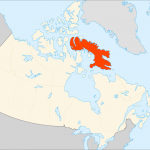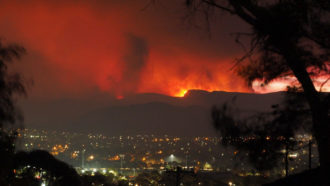Sudden big chill
Earth’s climate cooled quickly at the beginning of the Little Ice Age, hundreds of years ago

Four volcanic eruptions may have swiftly triggered a global cooling that lasted several centuries, scientists now report.
solarseven/iStockphoto
Climate scientists these days track rising temperatures and worry about global warming. But long ago, people faced a different shift in the weather. For a period of a few hundred years, ending around 1850, a chill called the Little Ice Age gripped much of the northern hemisphere. Temperatures fell, and glaciers grew in the mountains.
A series of four volcanic eruptions may have swiftly triggered that global cooling, scientists now report.
“We’ve been able to identify the beginning of the Little Ice Age, something that’s been very difficult to do in the past,” Gifford Miller told Science News. Miller, a climate scientist at the University of Colorado Boulder, worked on the new study. “This cooling wasn’t gradual; it was an abrupt shift.”
Miller and his colleagues studied glaciers in northern Canada, removing samples of ice that had been frozen for hundreds of years. These weren’t just random ice cubes: Dead moss in the ice told scientists how the glaciers grew or shrank, almost like descriptions from a long-lost journal. The Canadian samples showed that at the end of the 13th century, and again in the 14th century, glaciers had grown quickly, indicating that temperatures had dropped.

To see if other places also grew colder during these times, the scientists studied a lake near a glacier in Iceland. Layers of material that built up over hundreds of years on the lake bottom were thicker starting in the 14th century. This finding suggests that the glacier had gained in size and rubbed off more of the mountain into the lake.
These cold snaps, recorded in ice, match up with the historical record of volcanic activity. “The second half of the 13th century had the most volcanism of any period of the past 1,500 years,” Alan Robock told Science News. Robock, an atmospheric scientist at Rutgers University in New Brunswick, N.J., did not work on the new study. He told Science News that a large volcano blew in 1258, followed by three smaller eruptions in 1268, 1275 and 1284.
Volcanoes produce hot rivers of melted rock, but they also eject dust-sized particles that reflect sunlight — and heat. Although these particles can cool the air, a volcanic chill usually ends quickly, within a few years.
“It’s been hard to understand how volcanism could lead to such long-lasting cooling,” says Stephen Vavrus, who did not work on the new study. Vavrus, a climate scientist at the University of Wisconsin–Madison, spoke with Science News.
Because they can’t go back in time, scientists will never know for certain if volcanoes really started the Little Ice Age. But powerful tools can help piece together the puzzle. Computer programs combine data and run simulations, or virtual reenactments, of how the climate might have changed in response to the volcanic eruptions.
In the new study, scientists used these types of computer programs to show that eruptions might have cooled the planet enough for sea ice to form. Sea ice usually melts during warm seasons, but a series of eruptions might have kept the summers cool enough to keep the ice intact over a period of years. If the ice got big enough for long enough, it could linger and cool the planet for a long time — even long after the volcanic eruptions.
POWER WORDS (adapted from the New Oxford American Dictionary)
glacier A slowly moving mass or river of ice formed by the accumulation and compaction of snow on mountains or near the poles.
Little Ice Age A comparatively cold period occurring between major glacial periods, in particular one such period that reached its peak during the 17th century.
climate The weather conditions prevailing in an area in general or over a long period of time.
volcano A mountain or hill, typically conical, having a crater or vent through which lava, rock fragments, hot vapor and gas are or have been erupted from Earth’s crust.







